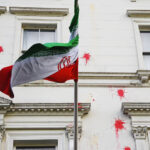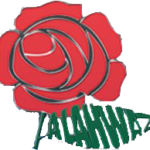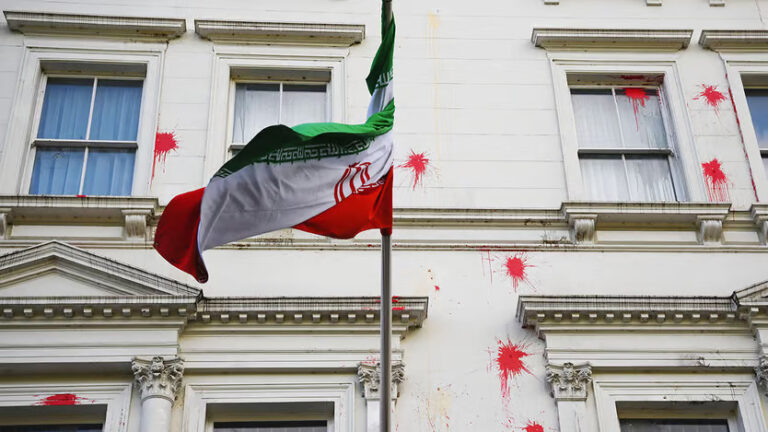
repression, leaving at least nine dead, scores injured and hundreds detained by security services.
During the demonstrations, which coincided with the sixth anniversary of the Ahwazi intifada, the Bassij used live rounds and shot indiscriminately at unarmed protesters. In Kut Abdullah district, which has long been the focus of Ahwazi Arab unrest, two women were killed – one shot dead and the other died from inhalation of tear gas – and 30 Ahwazis were hurt. In Malashoeh, more than 50 were injured and three were shot dead. Elsewhere in Ahwaz City, protests were reported in the districts of Siah, Zwiehe, Hamidiya, Aziziyah, Qadisiya and other districts. Protests were also reported in Abadan near the Iraqi border, but there are no reports as yet of killings or injuries. Hospitals were forced to close emergency admissions.
Al-Arabiya reported that four killed by security forces and 150, including 30 women five of whom are pregnant, were arrested in the days before the protests. Abdrahman ibn Qasim al-Badawi was reportedly shot dead the night before the demonstrations. Altogether, at least 260 were arrested over the week and at least nine were summarily killed.
Control of information was strict as the Ahwazi region was put under a state of emergency. Human rights observers were prevented from flying from Tehran to Bushehr and travel to Ahwaz City to watch the protests. Electricity and water supplies were cut to some Arab neighbourhoods in Ahwaz City and internet and mobile phone communication was difficult if not impossible.
In order to deflect attention from the Ahwazi “Day of Rage”, the regime staged protests against the Bahraini royal family, bringing in people from outside Ahwaz City. They are suspected of being members of Bassij. In the days before the protests, the regime disinterred the corpses of some Ahwazis who were killed during the Iran-Iraq War and paraded them through the streets in order to stir up support and Iranian nationalist sentiment.
The media and communications blackout has largely been successful in preventing dissemination of news on the Ahwazi protests and the regime’s response. The Ahwaz Human Rights Organisation has condemned the killings and arrests in a statement.
Source: ahwazi arab solidarity network











+ There are no comments
Add yours